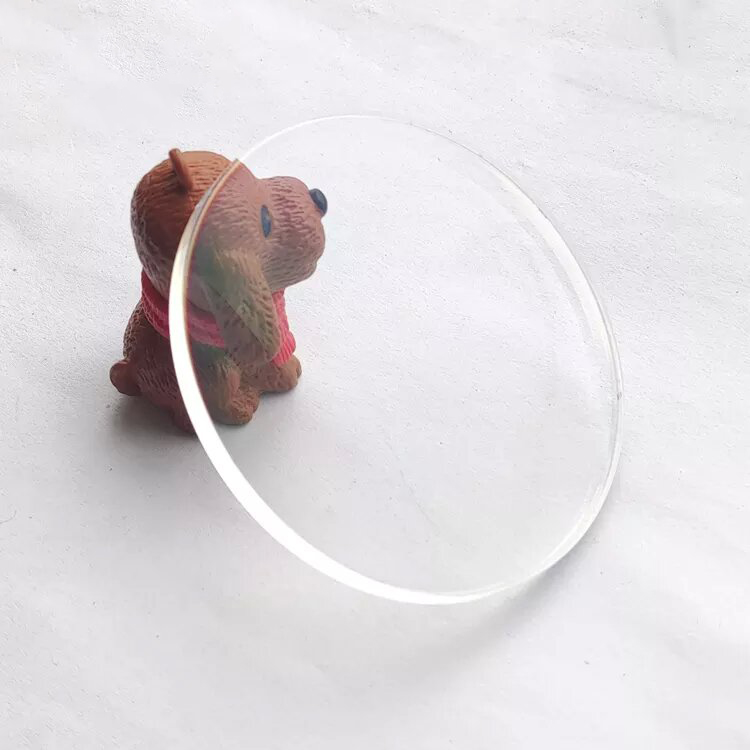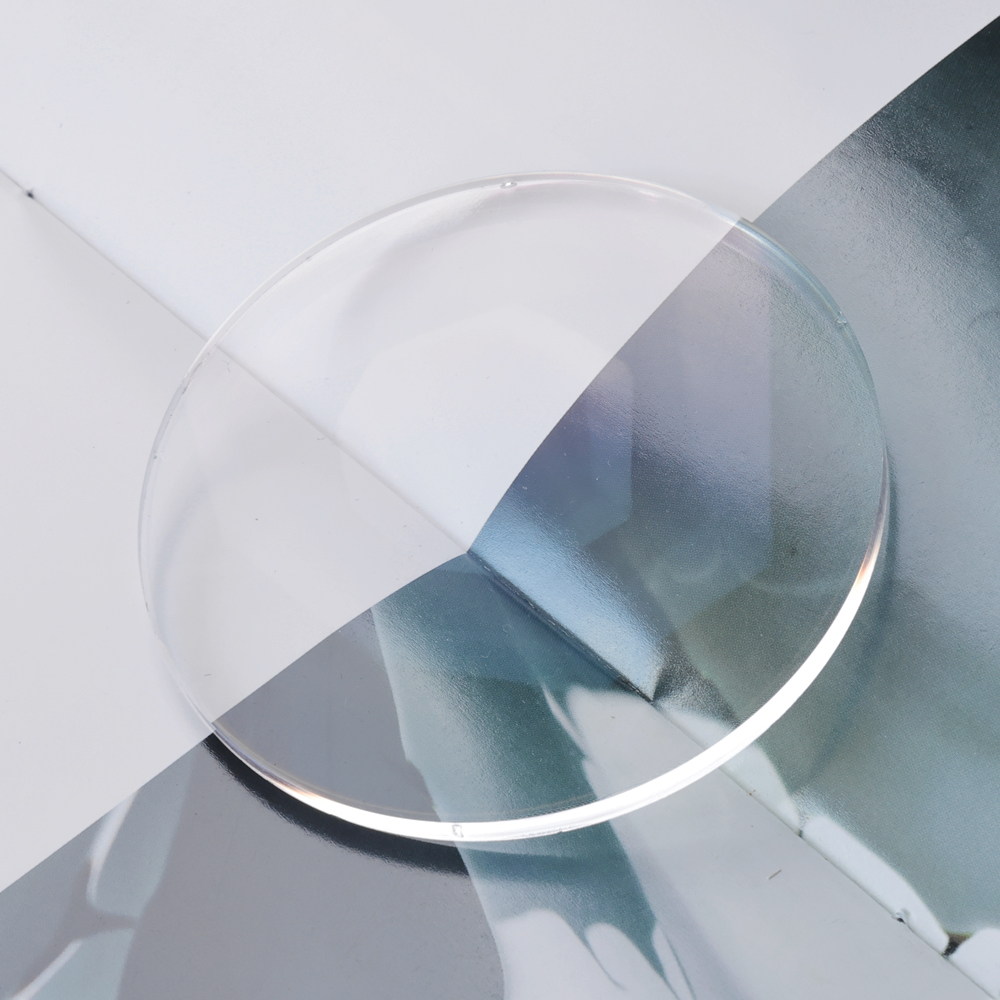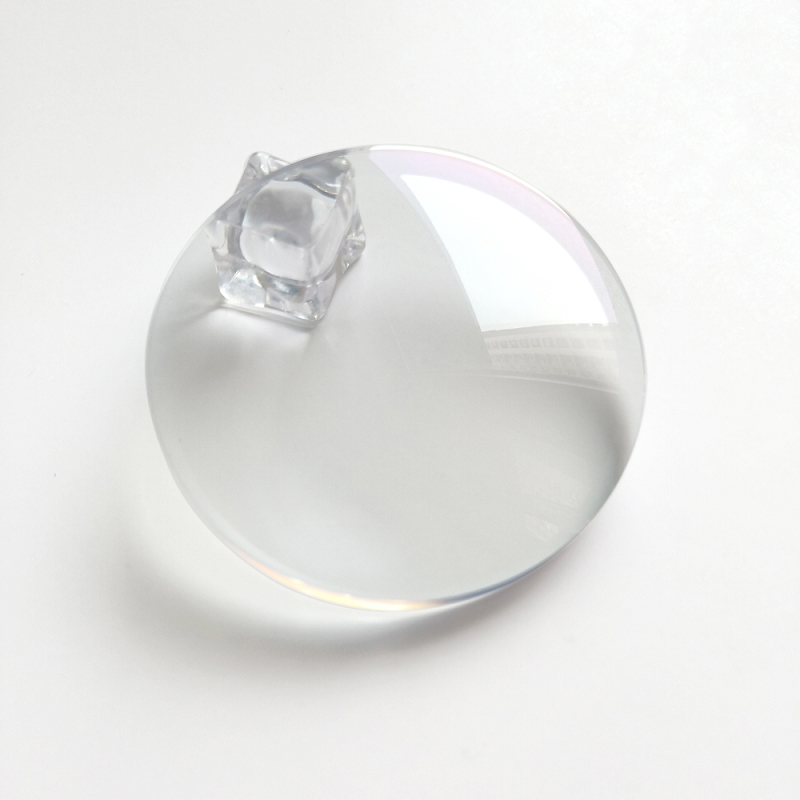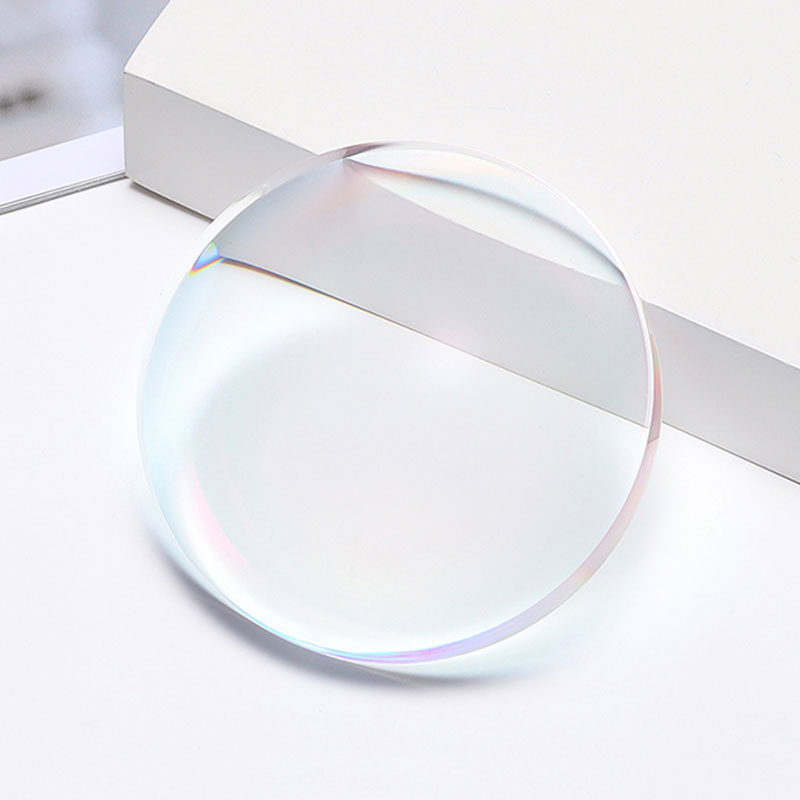The core distinction between Single Vision Lenses (SVL) and Multifocal Lenses, specifically Progressive Lenses, lies in their fundamental optical design philosophy and how they address varying visual needs. Understanding this difference is crucial for eye care professionals and consumers seeking the optimal visual solution.
I. Optical Design Philosophy: Singular Focus vs. Continuous Visual Field
The most profound difference between these two lens types is rooted in the distribution of optical power across the lens surface.
1. Single Vision Lenses: Precision Focus, Unified Clarity
Single Vision Lenses are engineered to have one uniform optical power across the entire lens surface. This power is designed to correct a specific refractive error at a single, predetermined distance.
- Design Principle: The primary goal is to provide a single, sharp focal point. Lenses are optimized to minimize spherical and comatic aberrations, ensuring that light is accurately focused over a large, central viewing area.
- Application: Ideal for correcting straightforward myopia, hyperopia, or astigmatism. Examples include a young adult’s distance-only glasses or reading-only glasses for presbyopia relief.
- Optical Advantage: By addressing only one focal point, SVLs deliver the widest, clearest possible field of view for that specific distance. Users experience minimal peripheral distortion, maximizing visual comfort and clarity for tasks like driving or extended computer use at a fixed distance.
2. Progressive Lenses: Gradient Change, Seamless Transition
Progressive Lenses (Progressive Addition Lenses, PALs) are sophisticated designs created to compensate for presbyopia, allowing the wearer to see clearly at multiple distances with a single pair of glasses.
- Design Principle: The lens power changes continuously and gradually from the top to the bottom of the lens. This creates a Distance Zone, a Near Zone, and an essential Progression Corridor connecting the two, offering clarity for all intermediate distances.
- Optical Challenge: The continuous power change inherently introduces unwanted peripheral astigmatism (or swim effect) on the lateral edges of the progressive corridor. Advanced Free-Form technology is utilized to compress and optimize these aberrational zones, broadening the clear progression channel for better wearer acceptance.
- Application: Primarily for individuals over 40 who require simultaneous correction for distance, intermediate, and near vision. The utility lies in the convenience of a single, all-in-one visual correction solution.
II. Application Scenarios and Functional Requirements
The practical application of these lenses dictates different requirements for user behavior, head movement, and adaptation.
| Feature | Single Vision Lens (SVL) | Progressive Lens (PAL) |
|---|---|---|
| Primary Function | Corrects refractive error for a single distance. | Provides integrated correction for multiple distances (Far, Inter., Near). |
| Head/Eye Movement | Minimal change in head posture required. The wide clear area is covered mainly by simple eye rotation. | Requires deliberate head movement. To view near objects, the wearer must look down through the near zone; to view intermediate, the head is typically positioned to align with the progression corridor. |
| Optimal Viewing Area | The vast majority of the lens surface is the optimal clear viewing area. | Clear vision is concentrated in three main zones, surrounded by transition or aberration areas. |
| Adaptation | Quick adaptation period, usually immediate comfort. | Requires an adjustment period to learn where to look and adapt to peripheral distortion (swim effect). |
| Scenario Switching | May require switching between different pairs of glasses for different distances (e.g., dedicated reading glasses). | Offers a seamless transition for all everyday visual scenarios with one pair. |
III. The Unique Value Proposition and Professional Positioning
Clearly defining the value of each lens type is key to effective product communication.
1. The Irreplaceable Value of Single Vision Lenses
For consumers demanding maximum clarity and minimal visual compromise, SVLs remain the superior choice. This includes first-time wearers, professionals engaged in precision tasks (e.g., surgeons, draftsmen), or users who prioritize optical purity. The high quality of an SVL is defined by its uncompromising clarity across the full lens and its effortless wearing comfort.
2. The Integrated Solution of Progressive Lenses
The core value of PALs lies in their integration and convenience. They eliminate the need for carrying and switching multiple pairs of glasses, offering a solution that is both functional and aesthetically pleasing for the presbyopic demographic. High-end progressive lenses, particularly those manufactured using individualized Free-Form technology, are custom-tailored to the user's specific wearing parameters, visual habits, and lifestyle. This customization minimizes lateral aberrations, providing the most natural and comfortable multi-distance visual experience possible.



 English
English Español
Español















